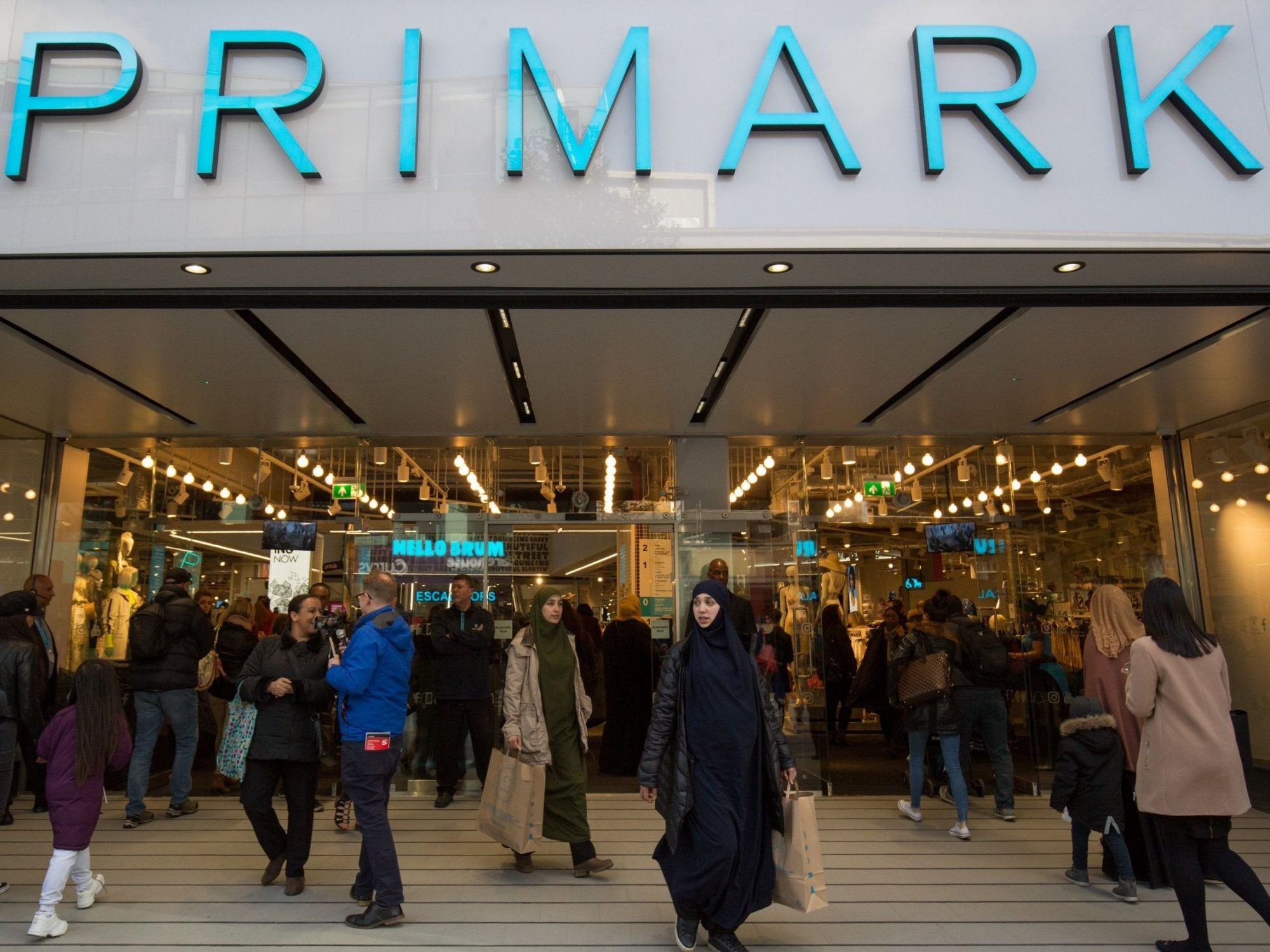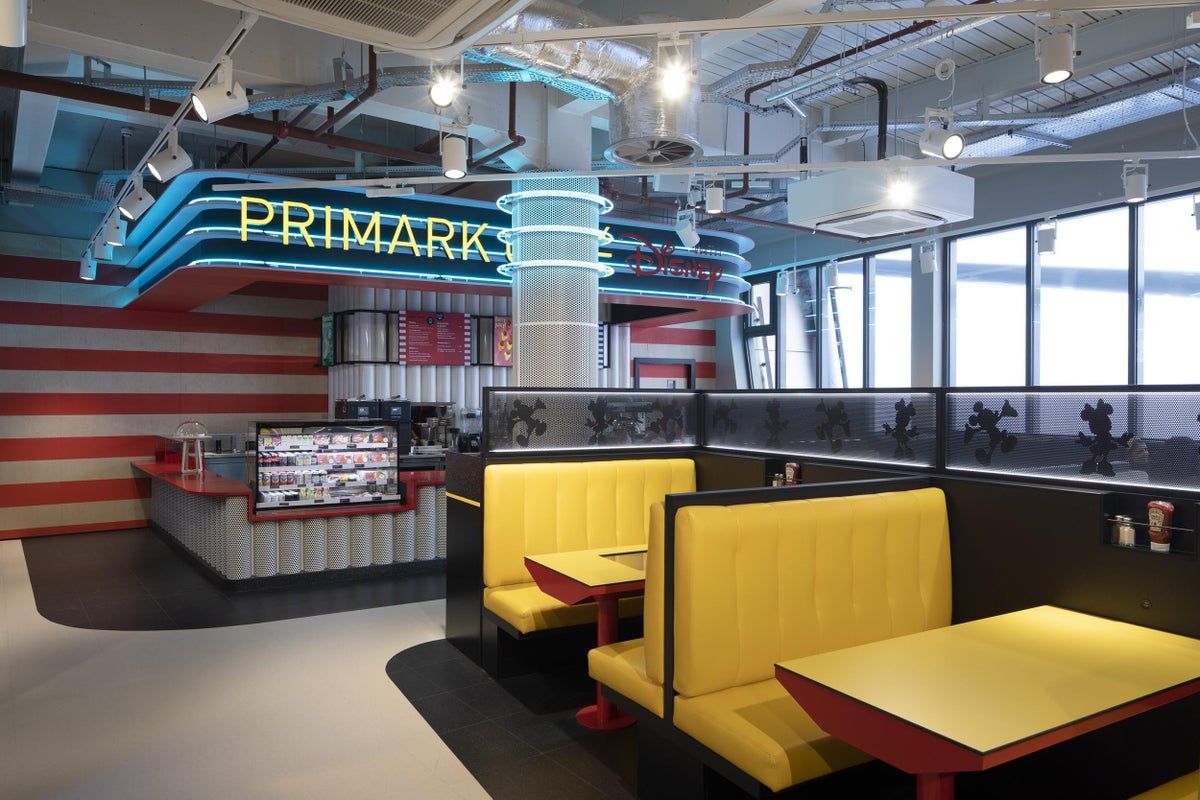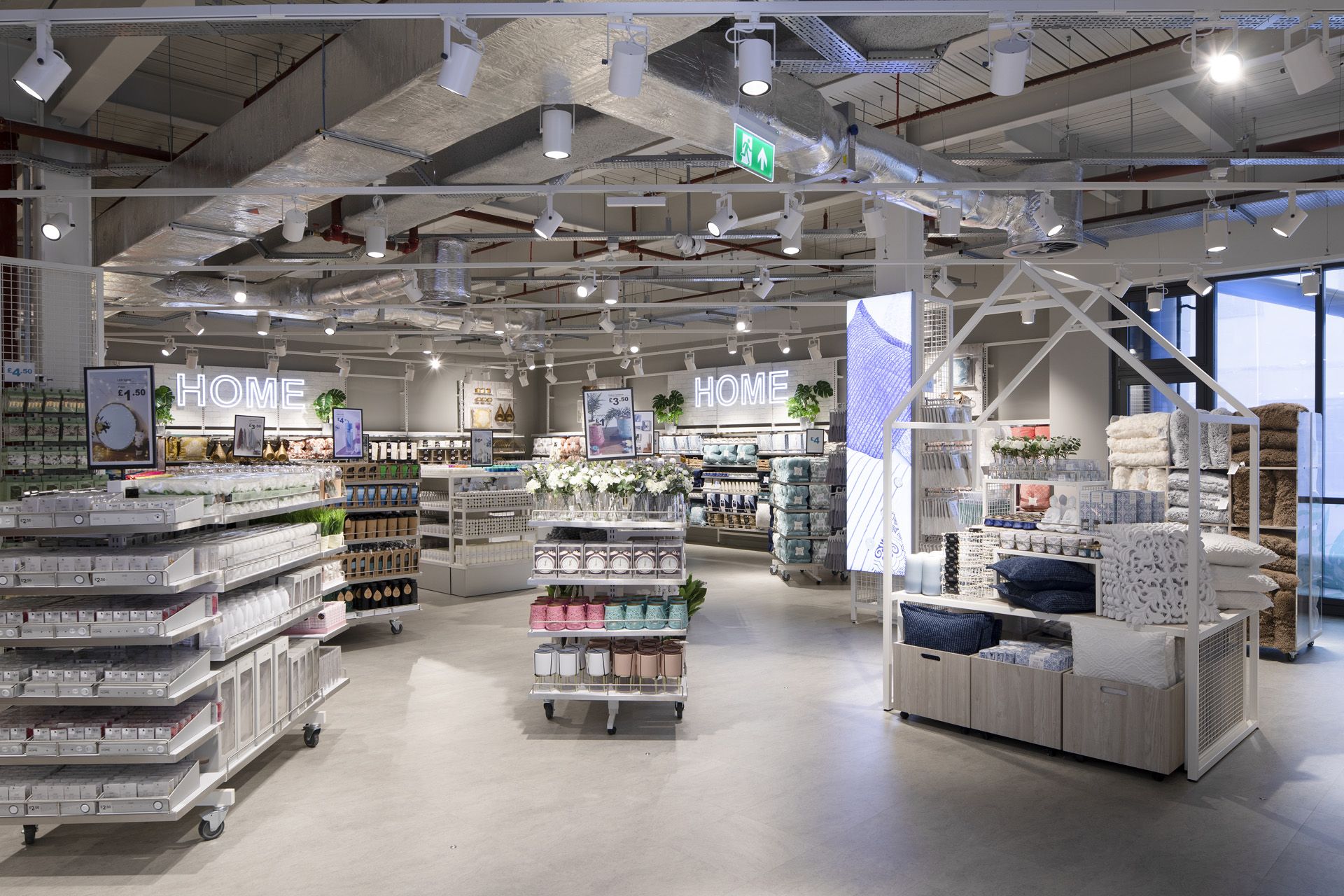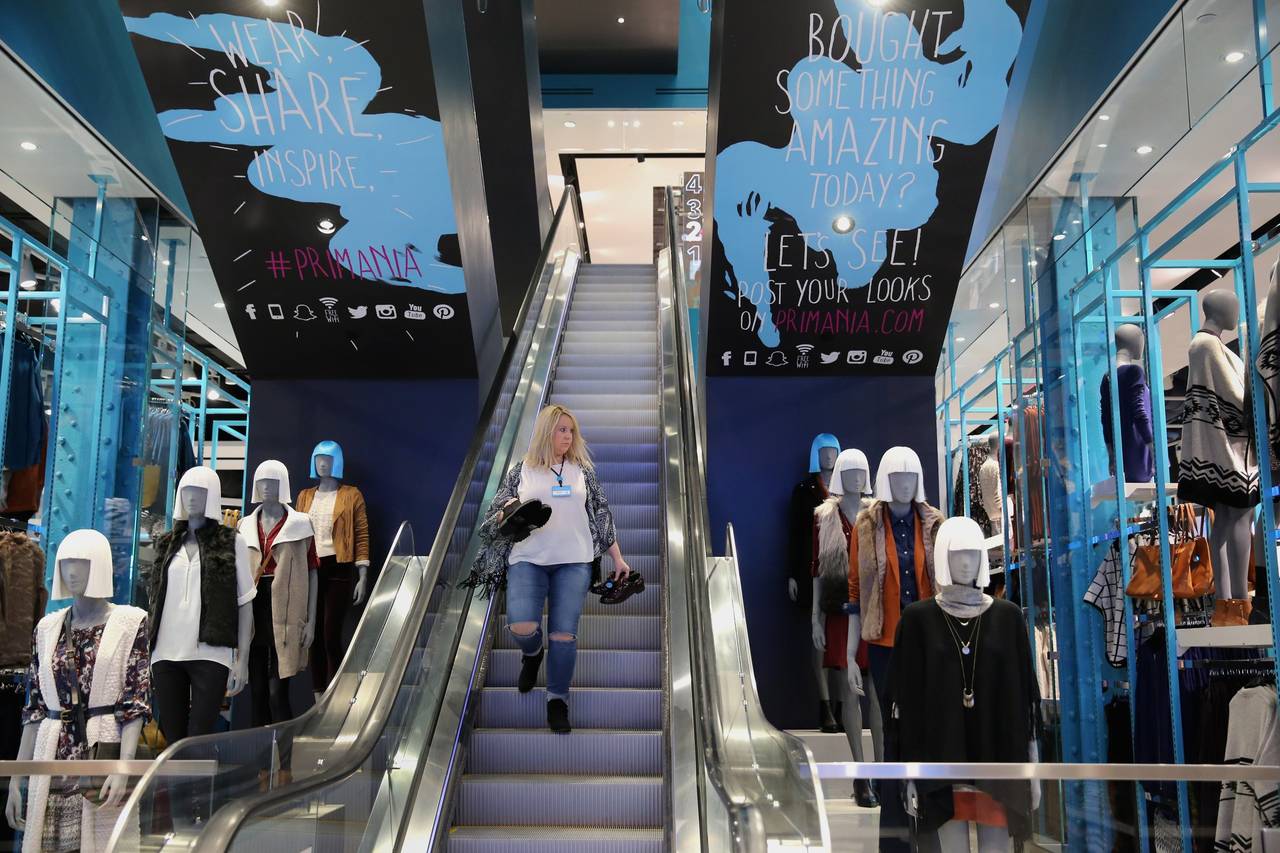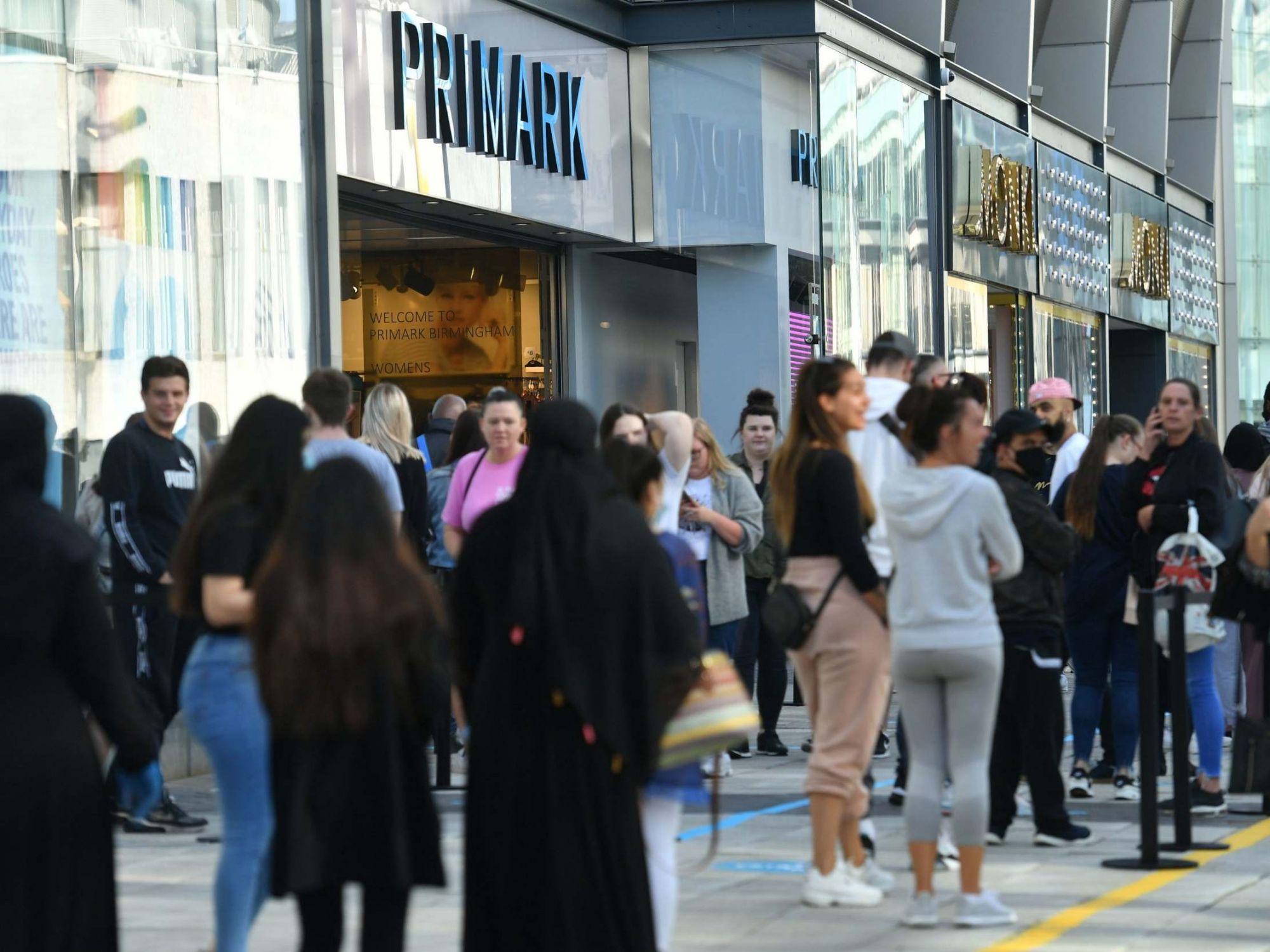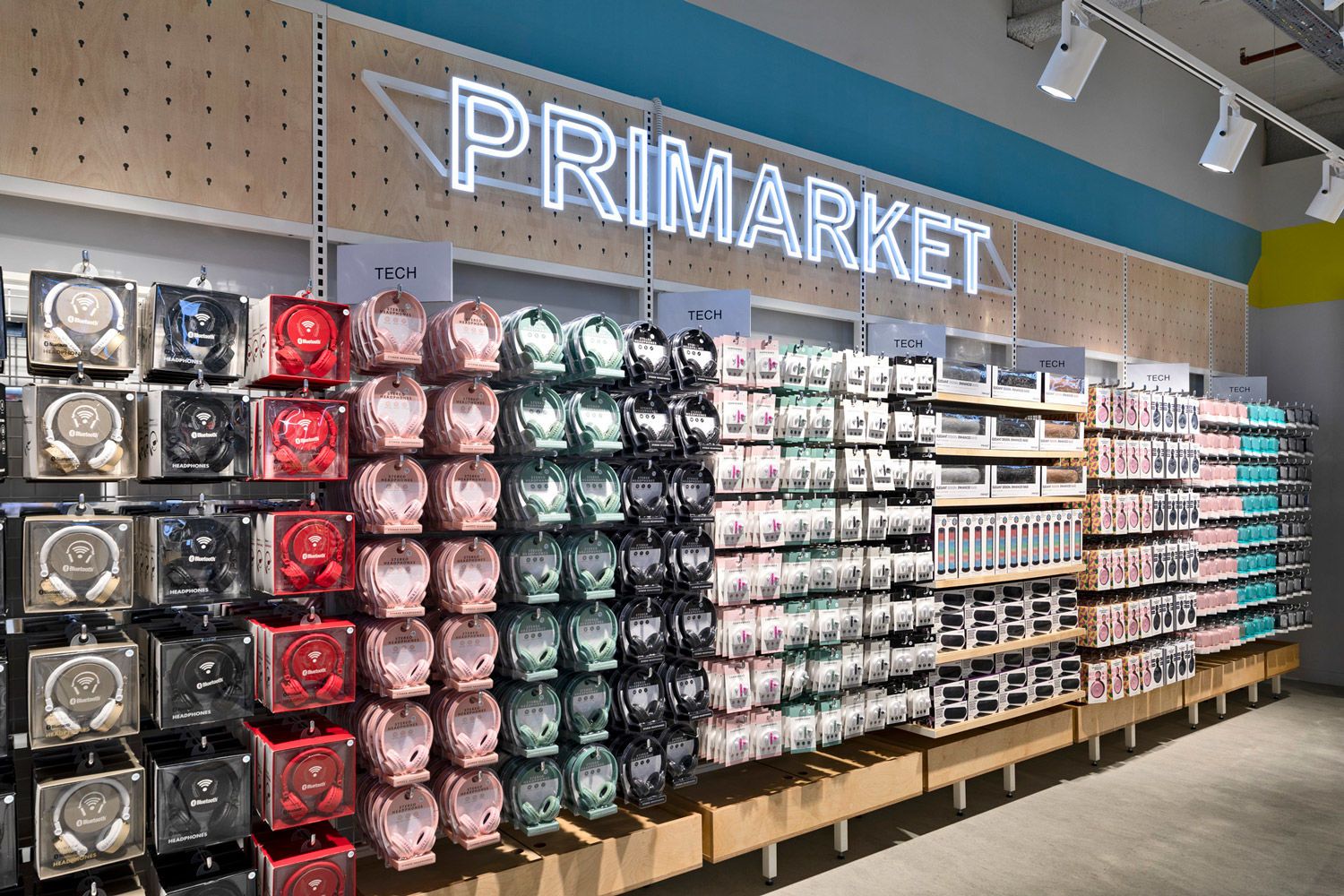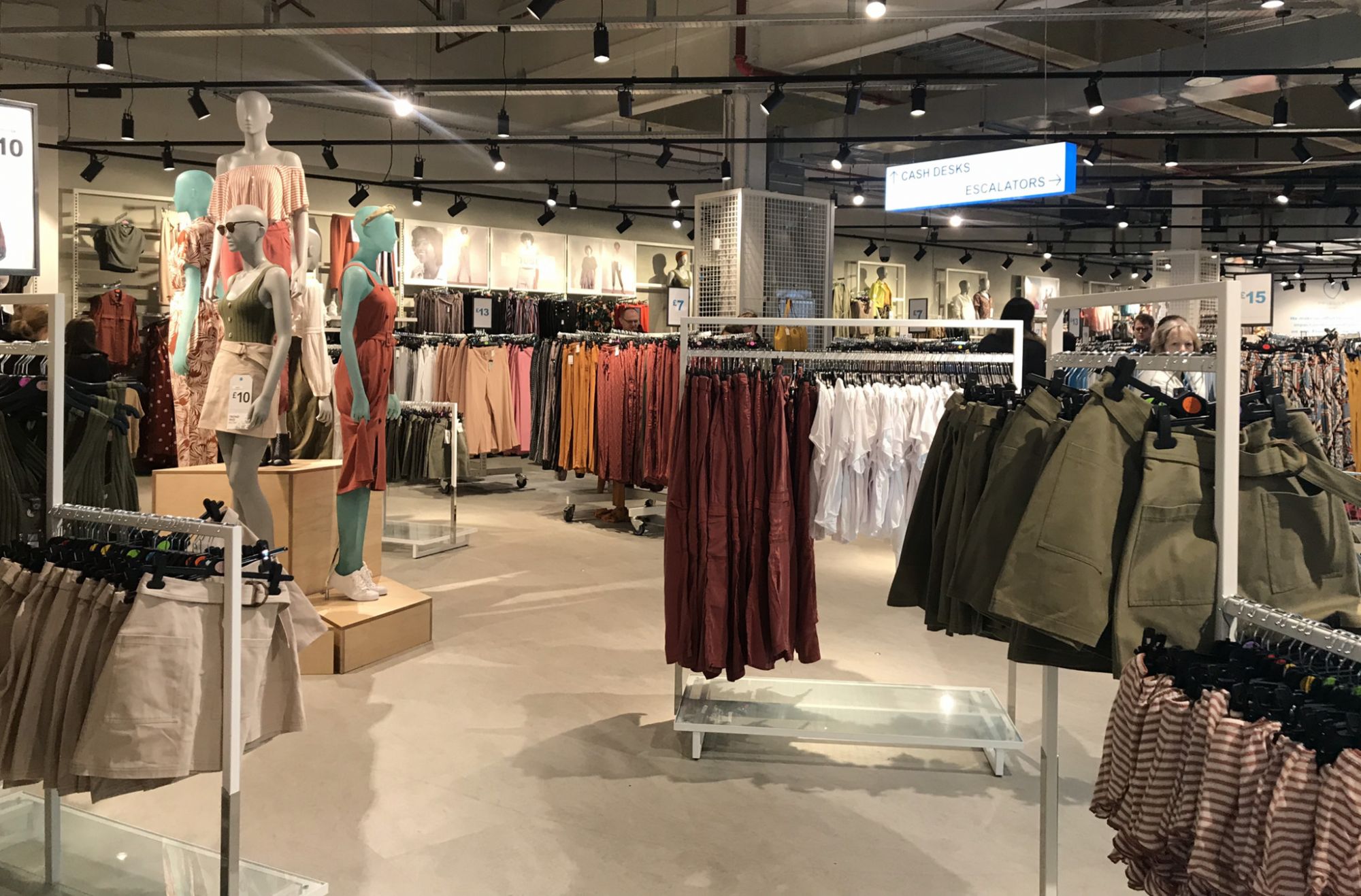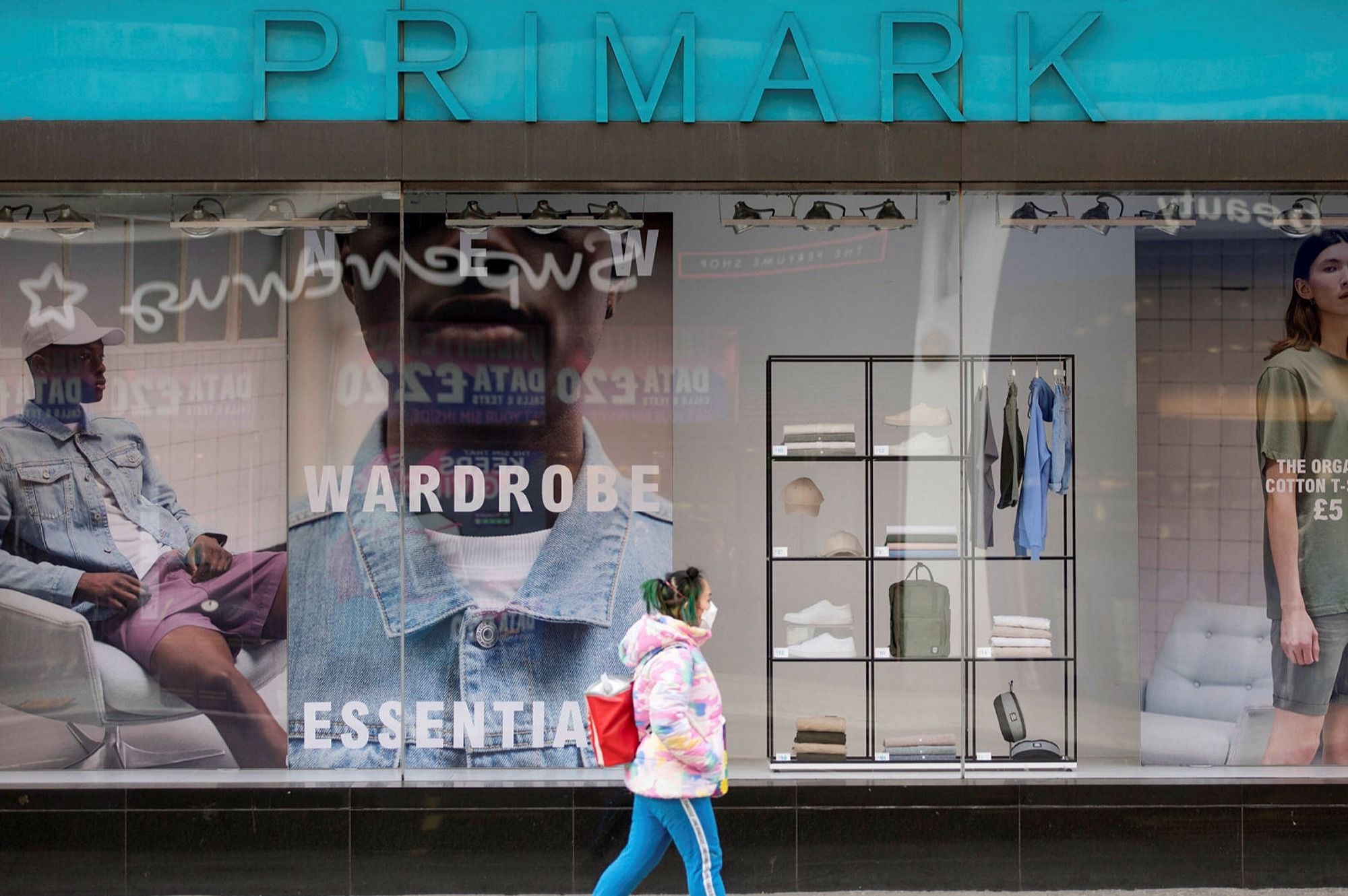
How did Primark manage to survive without e-commerce? The only fast fashion brand without an online store
At the outbreak of the pandemic, with the first lockdown and the consequent closures, many wondered about the effects of the emergency on the fashion industry, and in particular on the fast fashion sector. Although the emergency is not over, it's fair to say that fast fashion has not been destroyed by the pandemic, on the contrary, it has even thrived in it.
Between brands in severe crisis and others in slow recovery, Primark represents a separate case in the sector, as it was the only big name to be able to survive the pandemic without an e-commerce website.
Lockdown without a web store
Primark - the Irish retailer founded in 1969 by Arthur Ryan on behalf of the Weston family - has always represented a unicum in the fast fashion landscape, so much so that between 2014 and 2019, a critical period for the industry, the chain of stores has seen its sales grow by 57%. This distance from other fast-fashion retailers worsened further in the months of the pandemic. Despite a network of 387 stores around the world, Primark does not have an e-commerce site, and consequently couldn't sell anything during the first lockdown, and it has been forced to stop again in countries where the restrictions have become more severe.
In the three spring months of lockdown, Primark reported losses of £2 billion (approximately €2.2 billion) in lost sales and £650 million (over €728 million) in lost profits. Since the stores reopened - in early May, mid-June in England - Primark has earned £2 billion (€2.2 billion). In the fiscal year of 2020, which ended on 12 September, Primark, therefore, achieved revenues of 5.9 billion pounds (6.6 billion euros), -24% compared to the previous year, and profits of 362 million (405 million euros), - 63% compared to the same period. The brand also estimates losses of 375 million pounds during the holiday season, usually one of the most lucrative periods of the year.
It's not easy to compare these data with the performance of other leading names in the sector, such as Zara or H&M, because the latter were able to rely on their online store during the months of lockdown. The new focus on e-commerce is causing important changes in the sales strategies of these brands. Inditex group, for example, owner of Zara, Berhska, Stradivarius and others has announced that the expansion towards online will continue regardless of the current emergency, becoming one of the main assets of the group, and leading to the closure of about 1,000 - 1,200 Zara stores over the next two years. A strategy that favours online, in a broader attempt to cut costs, also seems to be the direction taken by the H&M group, which both in its namesake brand and in one of its ramifications, COS, has decided to close a large number of stores. A destiny that is similar to Gap, which wants to focus on e-commerce with the closure of 225 stores.
Competitive prices and loyal consumers
So why doesn't Primark go online too? As George Garfield Weston, the brand's executive director, said, "We've proven we don't need it."
This is for a number of reasons. First of all, the prices, very low, ultra-competitive, basically impossible to find anywhere else (and destined to rise if the brand were to manage an online store, with all that this implies). This is undoubtedly THE strength of the retailer, so much so that, according to Weston himself, many consumers have preferred not to buy online during the months of the lockdown, preferring to wait for the reopening of the physical store. It doesn't come as a surprise, therefore, that when the stores finally reopened long queues formed outside Primark, in the United Kingdom as well as in Italy, a sort of version of fast fashion revenge spending, to an even greater extent than what went down in France outside Zara.
Primark's popularity has never been stronger. According to a YouGov survey, Primark is the UK's most famous fashion brand, beating names like Nike, adidas, Levi's and H&M. One of the fundamental factors in the success of the brand is precisely the audience, the mass of consumers to whom the brand addresses, that in recent months has become even more loyal. On the one hand, this loyalty is dictated by economic reasons. As also happened during the 2008 crisis, the pandemic has increasingly polarized consumer groups, dramatically enriching some, and further impoverishing others. The latter, especially if belonging to large families and with young children, will be the most loyal customers of a brand that offers T-shirts for 2 euros and pyjamas for 7.
Such low prices also spark a mental mechanism that drives you to buy continuously, justifying the continuous purchases by leveraging the small expense they cost. Despite great declarations of intent and the search for a more ethical and sustainable approach to shopping, fast fashion survived the pandemic precisely because those principles were not put into practice, but instead, we went back to buy more than before.
The further push to the physical store
Primark has no intention of creating e-commerce, as Weston himself has repeated several times. Translating its offer online would represent a considerable undertaking and with considerable costs, it would require the creation of new distribution and logistics centres, with the consequent costs of maintenance and packaging, and the employment of more workers. The distribution process would inevitably become much slower, as the brand would have to ship each item individually, rather than in bulk in a single store, as it does now. With very low-profit margins and with a turnover of goods and collections moving at a very high rate (and with a considerable volume), e-commerce is not a convenient option for Primark, at least for the moment.
In an almost anachronistic move, but that at the moment seems winning, Primark will continue to focus on the physical store. The brand has in fact planned the opening of 13 new stores within the next year, in France, USA, Italy (in Rome), in the Czech Republic, without counting the 12 new openings that took place over this year.
Primark's future decisions will go hand in hand with the evolution of the health emergency and with the unknown factor it represents. It's yet to be seen how many other lockdowns the brand would be able to survive without the support of an online store.










































